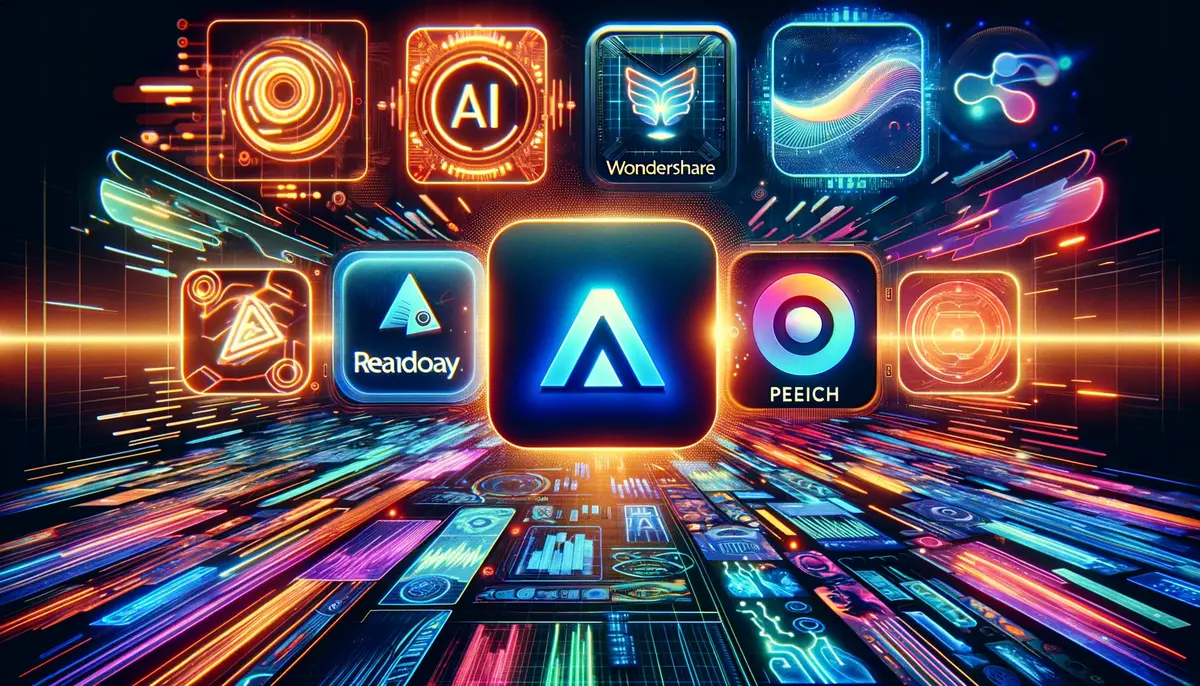June 15, 2025 | TechThrilled Newsroom
A new generation of content creation is sweeping across TikTok, Instagram Reels, YouTube Shorts, and X (formerly Twitter) — powered not by influencers or studios, but by artificial intelligence. At the heart of this viral phenomenon is a cutting-edge AI video generation tool that’s quickly becoming the go-to engine behind the most watched, shared, and remixed content online.
From hyperrealistic lip-synced characters to entire skits written and performed by AI, this tool is transforming how social content is made, who can create it, and what “virality” even means in the age of algorithmic storytelling.
This press release explores the tool’s origin, capabilities, rise to dominance, ethical discussions, industry responses, and what it means for the future of video content creation.
The Tool That’s Redefining Video: What Is It?
While several AI video tools have emerged over the last two years, the tool currently dominating viral trends is reportedly Sora, OpenAI’s AI video model, now offered as a developer-facing API and used by a wave of third-party applications and platforms.
Sora enables creators to generate video content from simple text prompts. Unlike traditional animation or video editing software, this tool does not require filming, actors, green screens, or even voiceover work. With a few lines of descriptive text — such as “a futuristic cityscape with flying cars at sunset” — the tool renders high-resolution video clips in seconds to minutes.
Core Features:
- Text-to-Video Generation: Users input a scenario or script and receive AI-generated footage.
- Voice Integration: Supports AI-generated voices or lip-sync to user-provided audio.
- Style Transfer: Creators can mimic aesthetics from Pixar, anime, film noir, or even viral TikTok styles.
- Scene Stitching: Users can generate scenes in segments and stitch them together into a complete story.
- Emotion Mapping: Facial expressions, tone, and body language adapt dynamically based on prompt sentiment.
How It Took Over the Internet
The real breakout came not from a single viral clip, but from hundreds of thousands of micro-influencers using AI-generated clips to boost their engagement. From comedic sketches to inspirational shorts and dramatic monologues, these videos consistently outperform standard content — a sign of how quickly the internet is evolving into an AI-native video ecosystem.
Platforms like TikTok and YouTube began seeing surges in engagement on content tagged with #AIshorts, #AICreator, and #SoraVideo. A few standout trends include:
- AI-Generated Music Videos with lifelike avatars lip-syncing to trending audio
- Mini-Documentaries narrated by AI voices with dynamic footage
- AI Romance Skits with surreal, stylized storylines that draw millions of views
- Satirical News Shows starring fictional anchors generated entirely from AI prompts
Even big names joined in. Several influencers with over 10 million followers, including beauty gurus and gaming streamers, started mixing AI-generated clips into their content calendars, further fueling curiosity and reach.
From Novelty to Necessity: Why Creators Are Embracing It
The tool’s popularity isn’t solely based on novelty — it solves real pain points for creators:
- Cost Savings: No need for cameras, lights, or editing software.
- Time Efficiency: Entire videos can be produced in minutes instead of hours or days.
- Creative Freedom: Want to star in a sci-fi epic or a medieval romance? It’s just a prompt away.
- Accessibility: Creators who are camera-shy or lack production experience can now compete with top-tier studios.
Moreover, the AI removes language barriers, allowing creators to dub or caption their videos in multiple languages instantly, extending their global reach.
The Technology Under the Hood

At the heart of the tool is a powerful diffusion model architecture, similar to how image generators like DALL·E or Midjourney work, but adapted to handle the temporal complexity of video frames. The model is trained on massive datasets containing licensed films, public video archives, instructional content, and motion studies to simulate realism in motion and transitions.
Its latest update includes:
- Multi-character interaction with contextual awareness
- Realistic lighting and shadow rendering
- Fine-grain prompt controls (e.g., emotion level, dialogue timing, camera angle)
- Sound syncing with character speech and background environments
The result is content that can rival or even outperform human-shot footage in some niche applications — particularly where storytelling and stylization take precedence over realism.
A Creative Revolution or a Content Crisis? Ethical Concerns Emerge
While the tool has opened up vast creative possibilities, it also ignited debates across the creative community, AI ethicists, and legal experts.
Key Concerns:
- Deepfakes and Misinformation: Some worry the tool could be misused to create fake political statements or impersonate celebrities.
- Job Displacement: Traditional animators, actors, and editors fear being replaced or devalued by AI-driven workflows.
- Data Use Transparency: Critics question what data the AI was trained on and whether it includes copyrighted material.
- Identity Theft Risks: Avatars eerily resembling real people — even without explicit training data — raise concerns about digital rights.
In response, some platforms have begun labeling AI-generated videos, and OpenAI has reportedly implemented invisible watermarking and prompt auditing tools to discourage misuse.
Industry Response: Platforms, Studios, and Startups React
Social media platforms are both excited and cautious. While engagement is up, so are challenges around moderation and authenticity.
- TikTok has introduced an “AI-generated” tag for uploads using known models.
- YouTube is testing a disclosure requirement for videos that use AI for more than 50% of their content.
- Instagram is piloting an “AI origin” detection tool for Reels.
At the same time, traditional production studios are beginning to partner with AI tool providers to streamline internal creative processes. Some indie filmmakers are using the tool to storyboard, animate concepts, or pitch ideas without investing in early-stage production.
Startups are also emerging around the ecosystem — offering services like:
- Custom AI avatars
- AI screenwriting assistants
- Voice cloning bundles for content creators
- Monetization optimization for AI videos
Impacts on Marketing, Education, and News
Outside of entertainment, AI video tools are becoming transformative in other sectors:
- Marketing Teams use it to create explainer videos and ads in bulk without agencies.
- Teachers and Educators are using it to craft lessons, simulations, and history reenactments.
- News Outlets experiment with AI anchors and AI-driven visual summaries of complex topics.
- Nonprofits use AI to humanize statistics with narrative-driven campaigns.
For example, a climate advocacy group recently produced a viral AI-generated video of a fictional survivor from the year 2080 narrating the consequences of climate inaction. The clip reached over 12 million views in a week.
The Future: Where Do We Go from Here?
As generative video becomes the new standard, we may be witnessing the beginning of post-camera entertainment, where creativity no longer depends on physical production. In the coming months, we’re likely to see:
- Interactive AI videos, where viewers shape the story in real-time
- AI-generated celebrities, with fandoms and story arcs entirely driven by algorithms
- Virtual livestreams, where AI personas engage with live comments and generate responses dynamically
- Creative AI marketplaces, offering prompt packs, styles, and avatar templates
While some creatives embrace this shift as liberating, others call for balance, transparency, and ethical frameworks.
Conclusion: A New Language of Video Has Arrived
Whether you see it as a breakthrough or a disruption, one thing is clear — the AI video tool now fueling viral social media trends is not a passing fad. It represents a foundational shift in how video content is imagined, created, and consumed.
As creators continue experimenting and audiences continue engaging, the technology will evolve rapidly — posing both new opportunities and challenges.
What remains critical is ensuring that as we move toward this AI-driven media landscape, human intent, accountability, and creative ethics remain central. After all, tools may shape the medium, but people still shape the message.For more AI news and updates on content creation tools, follow TechThrilled.
